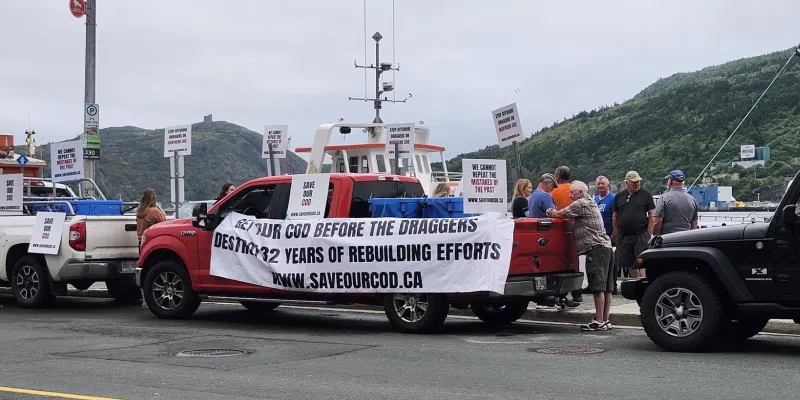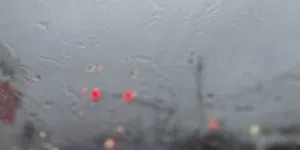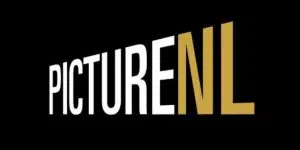The most recent assessment of 3Ps cod off the province’s south coast shows that the stock remains in the critical zone where it’s been since 2000.
DFO biologist Laura Wheeland says the stock is currently 50 per cent below the limit reference point, which marks the boundary between the cautious and critical zones.
She says while there is potential for a small increase in the stock over the next couple of years, estimates show it will only reach 63 per cent of the limit reference point.
Fish that are six years or older are 40 per cent smaller than they were in the mid 1980s, and environmental changes caused by warming waters is likely to blame, according to the assessment.
Wheeland says anecdotal evidence also points to fewer capelin for cod to feed on. She says they’re also seeing more warm-water species, such as silver hake, moving into the region, but whether or not they’re competing with cod for food remains to be seen.
“At this point there’s no indication that these species are directly competing with cod. They’re in warmer, deeper waters and are feeding on different resources,” she said. “So this increase that we’re seeing in silver hake is really a symptom of the warming waters.”

The Rebuilding Plan for this stock recommends a maximum TAC of 1,251 tonnes for 2025, but participants in the industry will have an opportunity for input before the Groundfish Advisory Committee makes its final decision.
Meanwhile, the FFAW remains concerned about the stock’s future and the impact of offshore draggers on its recovery.
The union is reiterating its call for a ban on factory trawlers on all cod fisheries around the province, citing the “continued and lasting damage caused by draggers” on pre-spawning stocks.
The union also continues to highlight the impact of a growing grey seal population on cod in 3Ps, which extends from Cape St. Mary’s to just west of Burgeo Bank, over the St. Pierre Bank and most of Green Bank.
Inshore council member Lorretta Ward of Southeast Bight says “more should be done to assess the impacts” of that predation.

(File photo via FFAW)























